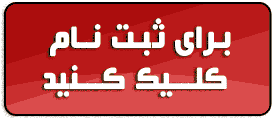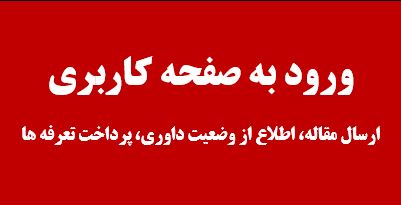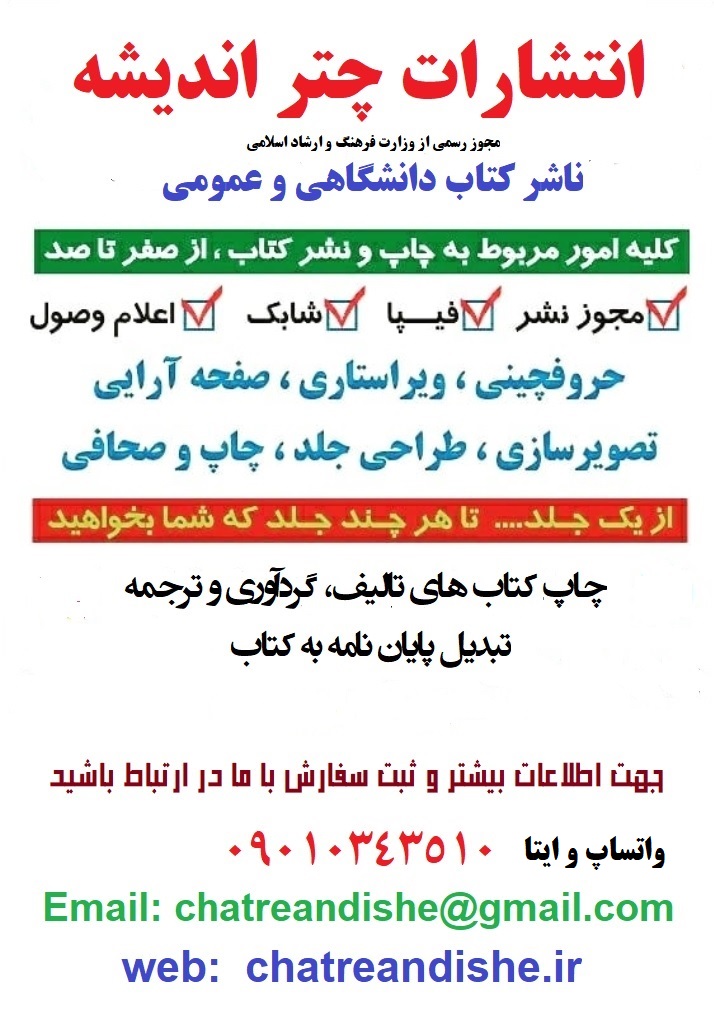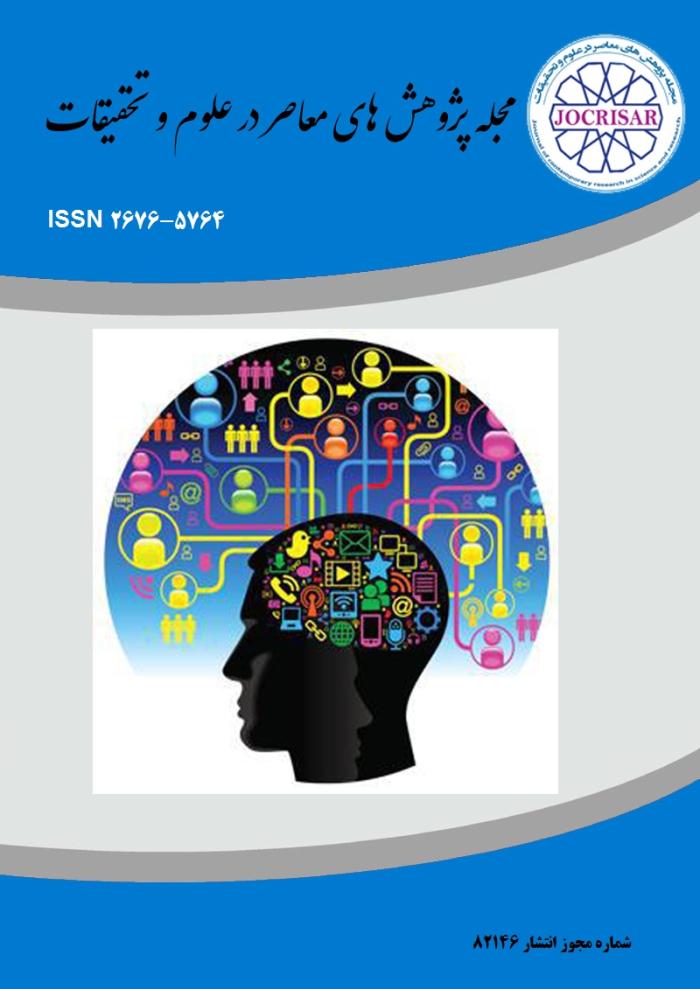
-
تعداد دوره ها7
-
تعداد شماره77
-
تعداد مقالات1,469
-
تعداد نویسندگان3,275
-
مقالات پذیرش شده637
-
مقالات رد شده832
-
درصد پذیرش43.36%
-
درصد عدم پذیرش56.64%
-
زمان پذیرش (روز)60
-
پایگاههای نمایه شده42
-
تعداد داوران93
-
تعداد مشاهده مقالات904,611
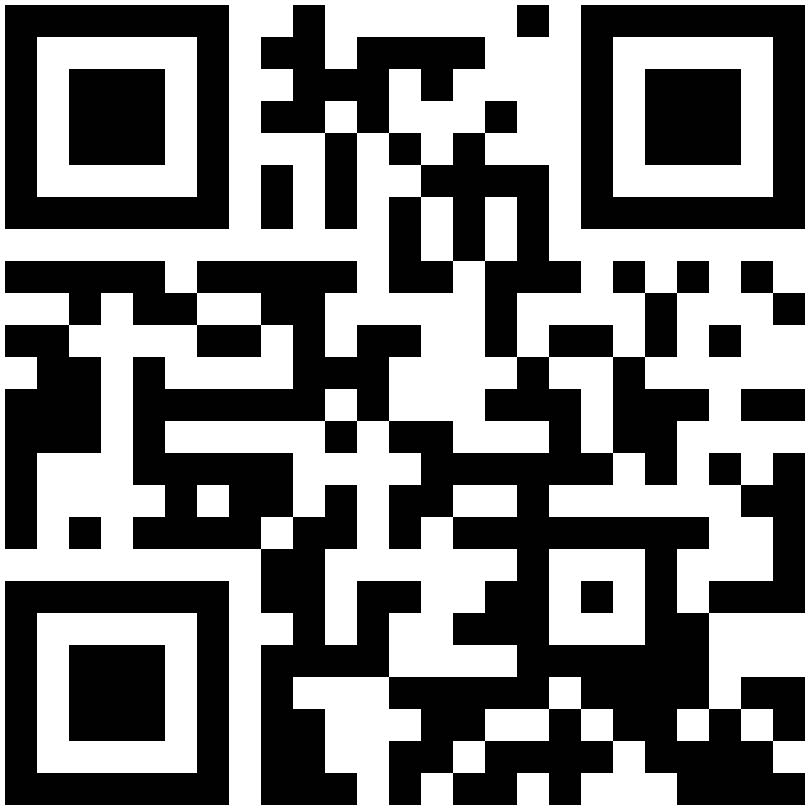
Manuscripts should be prepared as described below. Manuscripts that do not follow the specified format will be returned for correction before being sent out for review.
The manuscript including tables, footnotes and figure legends must be typed in double space on A4 size (21 × 29.7 cm) white paper, with left and right margins of 2.5 cm and a Times New Roman font size of 10 (Microsoft Word), submitted through JOAVM online system. Contributors who are not native or fluent English speakers are strongly advised to ensure that a colleague fluent in the English language or a professional language editor has reviewed their manuscript. Concise English without jargon should be used. Repetitive use of long sentences and passive voice should be avoided. It is strongly recommended that the text be run through computer spelling and grammar programs. Either British or American spelling is acceptable but must be consistent throughout.
- The title page
The title page should include the full title, the authors’ full names and correspondence author’s name, highest academic degrees, and affiliations of all authors, their faculty, university, and city, together with e-mail and postal addresses. For a clearly identified corresponding Author, phone and fax number should also be included. This page should also include the names of funding institution or organization, proposal registration number, and running title. The title page is to be signed by all the authors.
- Abstract
Abstract should be between 300 to 400 words presented in a separate page. It should appear in a structured format as: Background and aims, Methods, Results and Conclusions. The abstract should be informative and completely self-explanatory, briefly present the topic, state the scope of the experiments, indicate significant data, and point out major findings and conclusions. A list of three to five keywords for indexing should be included at the foot of the abstract chosen from the Medical Subject Headings (MESH) in index medicus.
- The body text
The body text should contain Introduction, Materials & Methods, Results, Discussion and Conclusion, Acknowledgements (including name of all sources of financial and material support and assistance) and References sections, with the maximum length of 10 pages, 18 lines.
- Tables and figures
All tables and figures must have a caption and/or legend and be numbered consecutively as they are referred to in the text (e.g., Table 1, Figure 2) and given in separate pages not in the running text. Ensure that the data presented in the tables do not duplicate results described elsewhere in the article. Tables should contain full title, and are to be typed double-spaced (Microsoft Word). The legends should be placed below figures with a full title and include sufficient description so that the figure is understandable without reading the text of the manuscript. Information given in legends should not be repeated in the text.
- Graphics
Graphics and images should be prepared in high resolution and submitted in GIF, TIFF, or JPEG format and sent through electronic submission section. Their print size should not exceed 8×12 cm. The article full title, corresponding author’s name and the graphic number should be mentioned on back of the original graphics. Graphics and images should be appropriately numbered sequentially (based on order in text). If the subject is human, cover the parts which can identify the subject. Include informed consent forms for identifiable patients.

